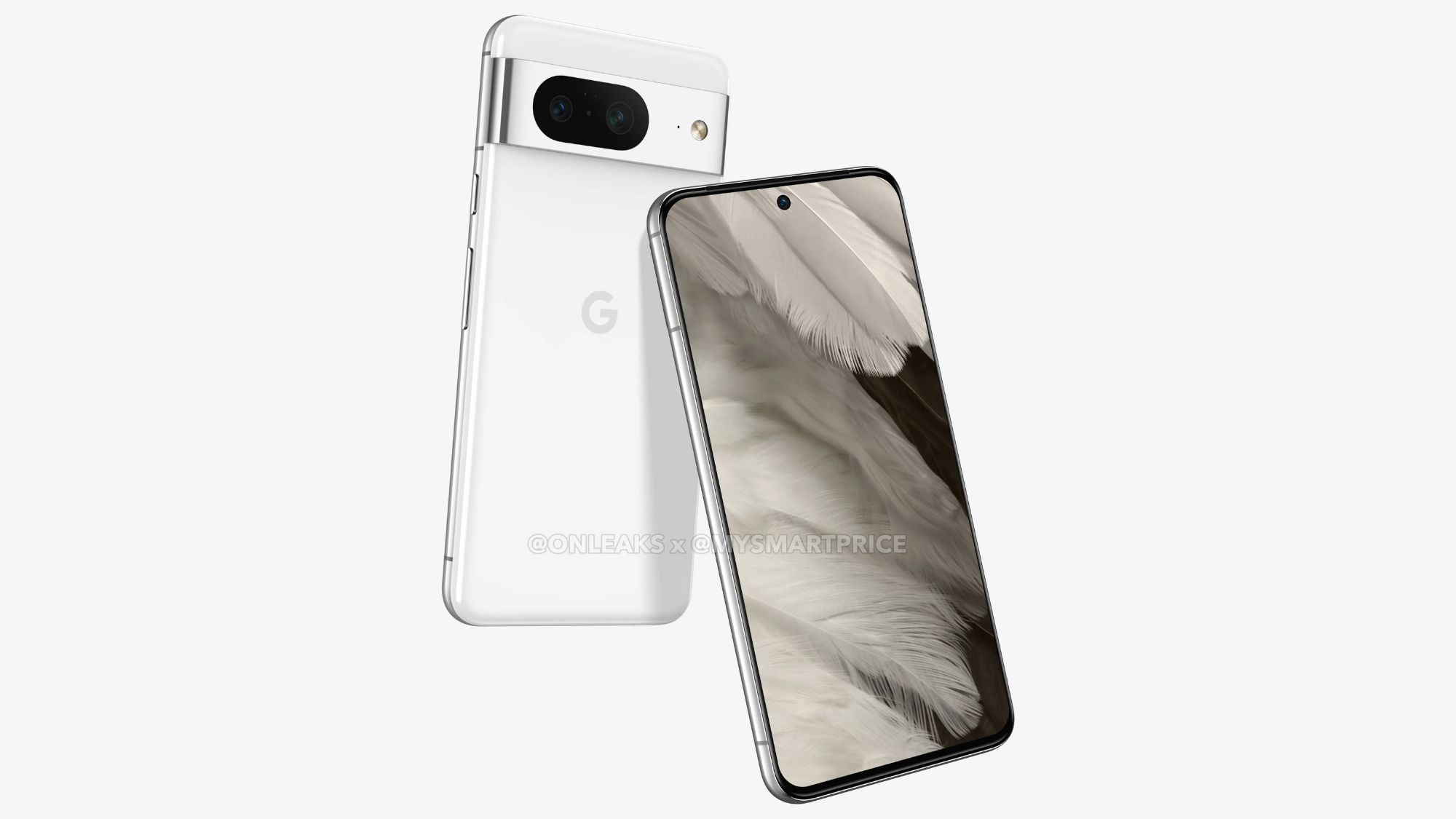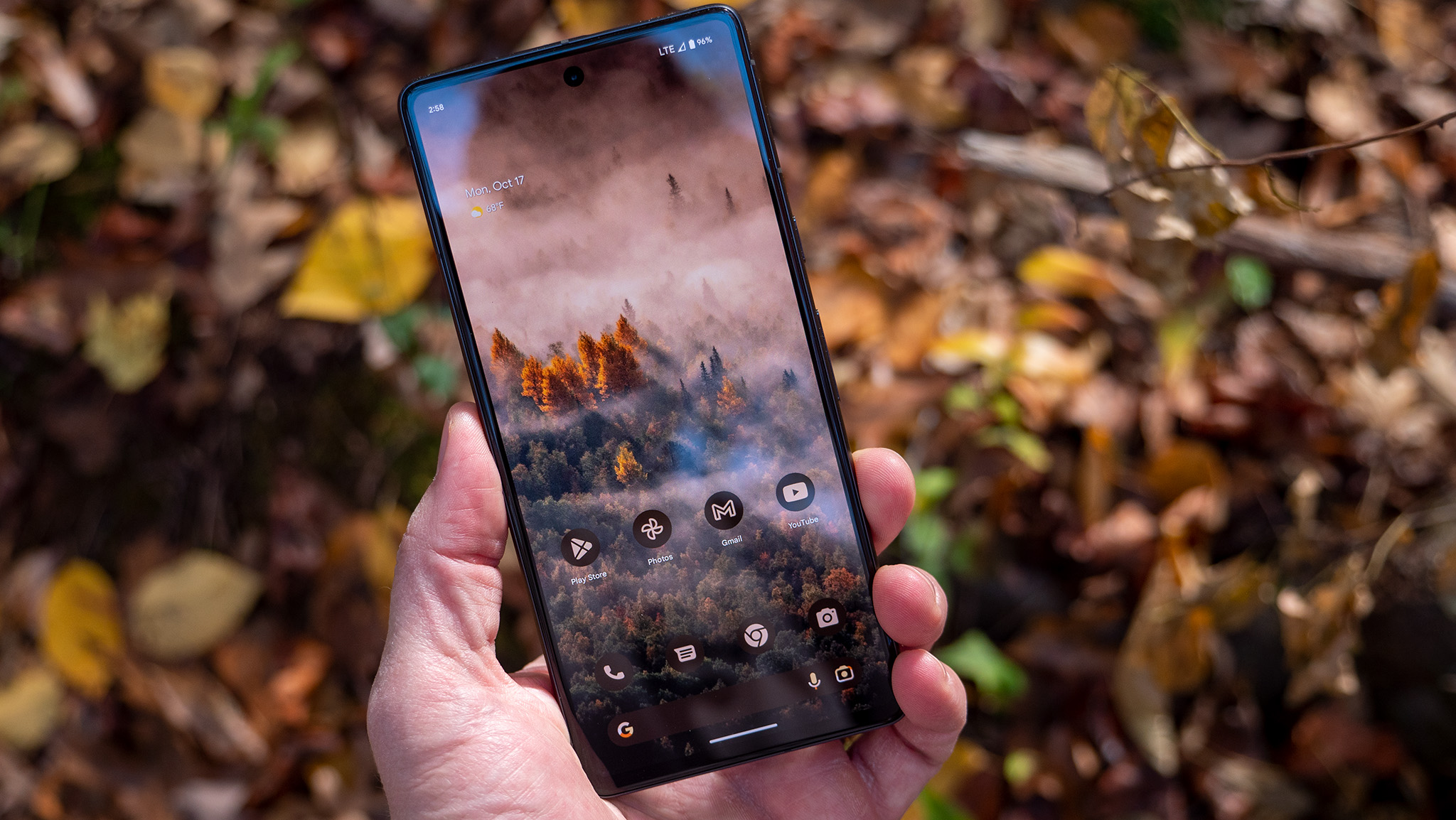
What you need to know
- A new leak points out that the Pixel 8 series could use BOE-made OLED panels for some models.
- The Pixel 8 is said to have a 120Hz panel with higher peak HDR brightness.
- The Pixel 8 Pro could see a very slight dip in resolution with a higher increase in HDR brightness.
After the alleged camera specifications of the Pixel 8 series were leaked early this month, a new leak reveals the Pixel 8 and Pixel 8 Pro's display specifications, with welcome improvements coming to the smaller flagship.
New findings from Android Authority allege that the Pixel 8 Pro will likely feature a 6.7-inch display with 1344 x 2992 resolution and a 120Hz refresh rate. The pixel density is set at 490ppi, and it could be a significantly brighter display showcasing 1600 nits of brightness for HDR, more than the 1000 nits of HDR brightness on the Pixel 7 Pro.
In comparison, the predecessor came with a similar size display. However, it had a higher resolution of 1440 x 3120, which gave it a slightly higher pixel density at 512ppi. That said, it's unlikely you will notice the difference.
The smaller Pixel 8, on the other hand, would receive the most changes to the display between generations. It is said to have a 6.17-inch panel, which is slightly smaller than the 6.31-inch display on the Pixel 7. The peak HDR brightness may also increase up to 1400 nits, up from 1000 nits from the previous model.
Additionally, the Pixel 8 display might finally get a bump in display refresh rate. While the non-Pro models like the Pixel 6 and Pixel 7 had featured 90Hz refresh rate displays, the Pixel 8 is likely to get a variable 120Hz panel with variable, notes AA.

The AA report further reveals that Google could ditch Samsung's OLED panels for some Pixel 8 models. They have been the source of the previous Pixel handsets for a couple of generations, but this time around, we might see some OLED panels produced by BOE for the smaller Pixel 8.
Earlier leaked renders have already shown us how the display on the next Google flagship phones would change from their predecessors. The renders and leaks point to flat displays on both Pixel 8 models, moving away from the curved displays featured on the current Pro models.
While the Pixel 7 is a good phone, its display is behind other small Android flagships like the Galaxy S23 that feature higher refresh rates and brighter panels. Giving the Pixel 8 a better panel should bring it up to speed with other flagship phones and further differentiate it from the new Pixel 7a, which is already quite similar to the Pixel 7.







